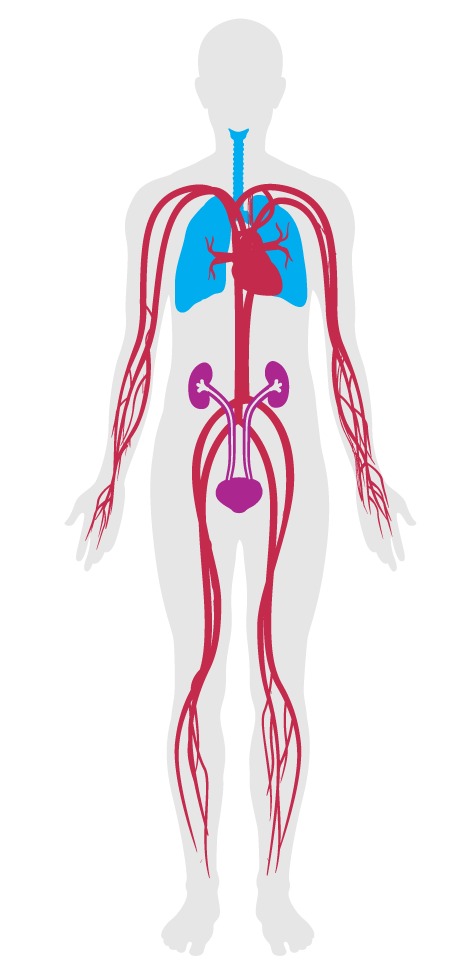Combustion minimization
Combustion minimization
Intent:
To reduce occupant exposure to combustion-related air pollution from heating and transportation sources.
BACKGROUND
Although wood and gas fireplaces have aesthetic benefits, they can also be detrimental to indoor air quality. If not effectively sealed off from the living space, they can contribute harmful combustion byproducts such as carbon monoxide and particulate matter. Carbon monoxide has 210 times the binding affinity for hemoglobin compared to oxygen, and thus prevents oxygen from being delivered to the body, leading to hypoxia—lack of oxygen delivery to body tissues that can cause nausea, loss of consciousness and death. Carbon monoxide leads to about 170 non-automotive fatal poisonings in the U.S. every year.
All combustion equipment used in the project for heating, cooling, water-heating, process heating or power generation (whether primary or back-up) must meet California’s South Coast Air Quality Management District rules for pollution:
a.39
Internal combustion engines.
b.39
Furnaces.
c.39
Boilers, steam generators and process heaters.
d.39
Water heaters.
To reduce particulate matter emissions from both on-road and non-road diesel fueled vehicles and construction equipment, the following requirements are met for construction occurring within one year prior to Performance Verification:
a.85
All non-road diesel engine vehicles comply with the U.S. EPA Tier 4 PM emissions standards or local equivalent when applicable. Engines may be retrofitted with verified technology (required to be U.S. EPA or California Air Resources Board approved) at the time the equipment is first placed on the job site.
b.85
All on-road diesel engine vehicles meet the requirements set forth in the U.S. EPA model year 2007 on-road standards for PM, or local equivalent when applicable. Engines may be retrofitted with verified technology (required to be U.S. EPA or California Air Resources Board approved) at the time the equipment is first placed on the job site.
c.85
All equipment, vehicles and loading/unloading are located away from air intakes and operable openings of adjacent buildings when available.

